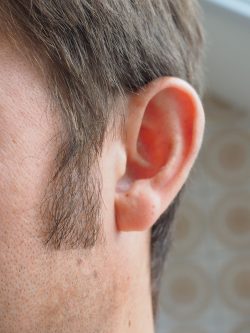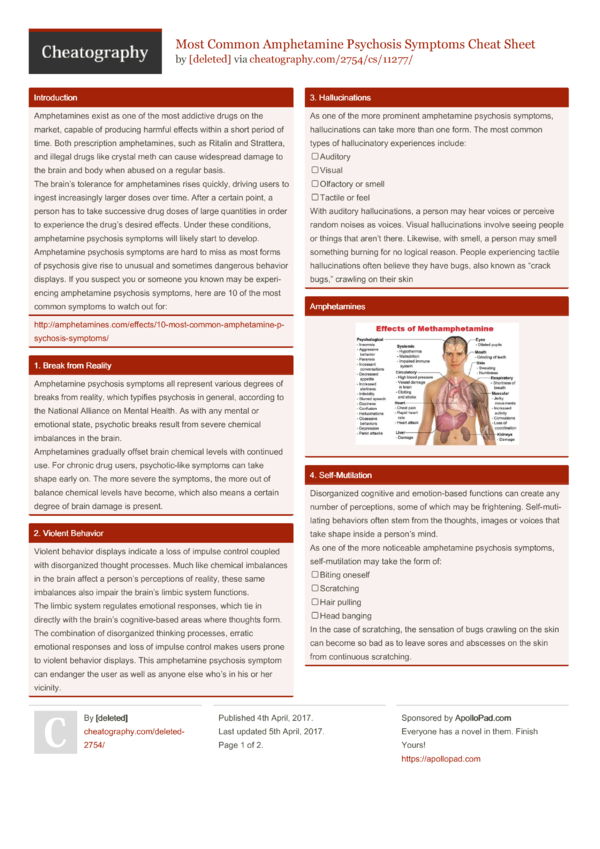

The model proposed here has the capacity to inform detection of those at risk of ATS-related psychoses, and therefore help develop early intervention strategies. It has the potential to reveal key neurobiological elements of schizophrenia and related psychoses.

To date, the ATS model of illness onset has been under-utilised. Use of amphetamine-type stimulants (ATSs) is an exemplar environmental pathogen, as it is known to trigger schizophrenia-like illness and other psychotic and manic episodes. Researchers have found no large-effect or unique genetic elements, and only a small number of putative environmental agents have been identified. The aetiology of schizophrenia remains complex, although proposed models have identified genetic markers and environmental pathogens as important risk factors. Statistics,epidemiology and research design.


Cardiovascular effects and hyperactivity, (as measured by a pedometer were greater with d amphetamine. In an attempt to ascertain which of these mechanisms was more crucial in amphetamine psychotogenesis, a volunteer subject who was non-schizophrenic and an experienced amphetamine user, was administered large doses of d, racemic and 1 amphetamine under controlled conditions, in three separate experiments. This preliminary investigation is, to a great extent, based on the prior work of two investigators, Griffith (12, 13) who has demonstrated the safety and feasibility of inducing amphetamine psychoses under experimental conditions, and Taylor and Snyder (28), who have demonstrated differential effects of the d and 1 isomers of amphetamine on noradrenergic and dopaminergic mechanisms and their respective animal behavioral correlates, hyperactivity and stereotypy.
#AMPHETAMINE PSYCHOSIS PDF#
PDF Download Buy Article Permissions and Reprints Summary


 0 kommentar(er)
0 kommentar(er)
